Harley-Davidson Pan America Review
Motorcycle Test by Wayne Vickers
Eighteen months on from my first taste of the Harley-Davidson Pan Am, I’m back for another helping. For those unfamiliar with the bike it is Harley’s first real foray into the Adventure bike segment – and a pretty solid step it is too. I still rate the bike quite a lot.
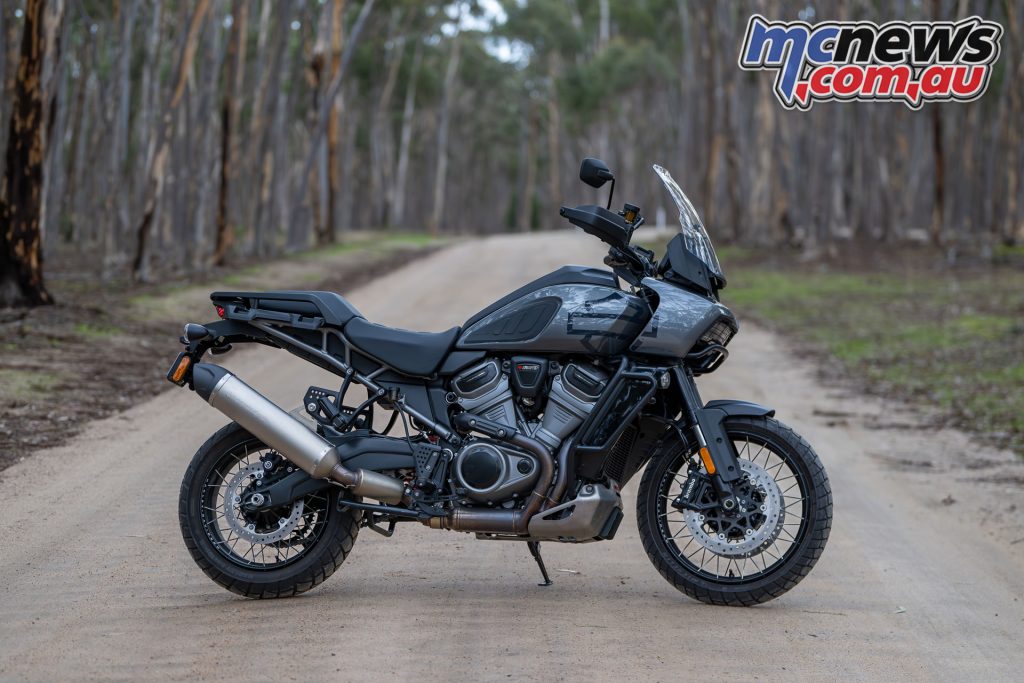
In fact it’s probably my favourite Harley. It’s selling well in its native country and is a strategically smart move for them. There are some elements of the bike I really, really admire. But also, by contrast, there are some elements that make me scratch my head in a ‘how can that bit be so clever.. and then that bit be a bit… hmm.’
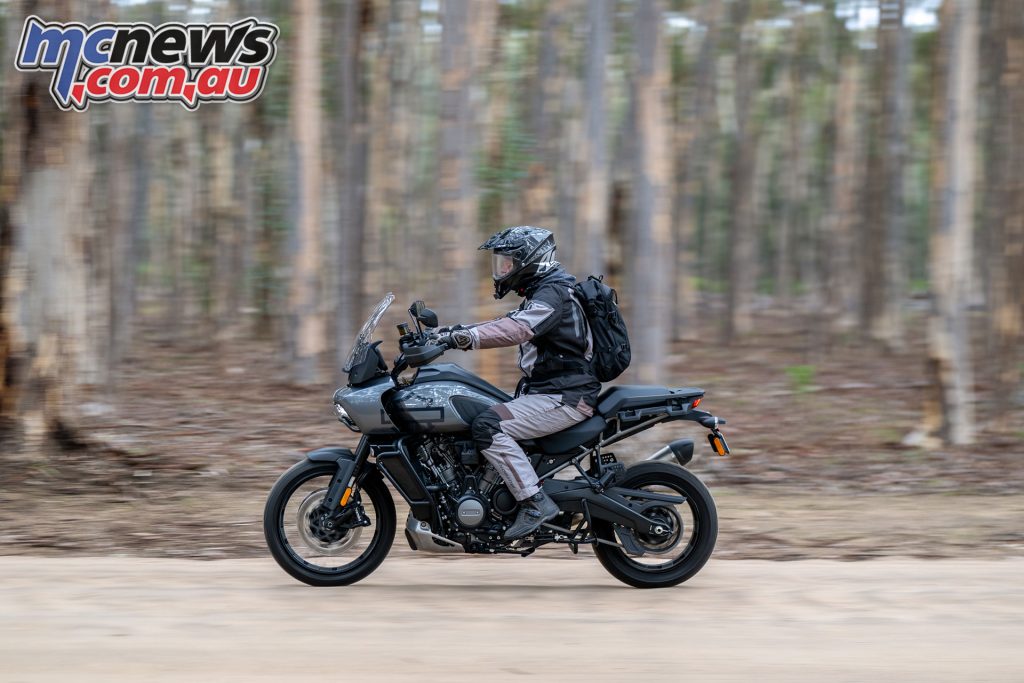
From a ‘what’s changed’ perspective since my last ride – not much actually. But it’s always worth having another look. In fact the only noticeable change between this bike and the orange one I first rode is that this one came in a rather fetching Grey colour scheme and had a nice Screamin’ Eagle muffler.
Sounded much better too. Still didn’t magically bring forth any signature potato-potato exhaust throb (boo!), but certainly gave it a lot more presence.
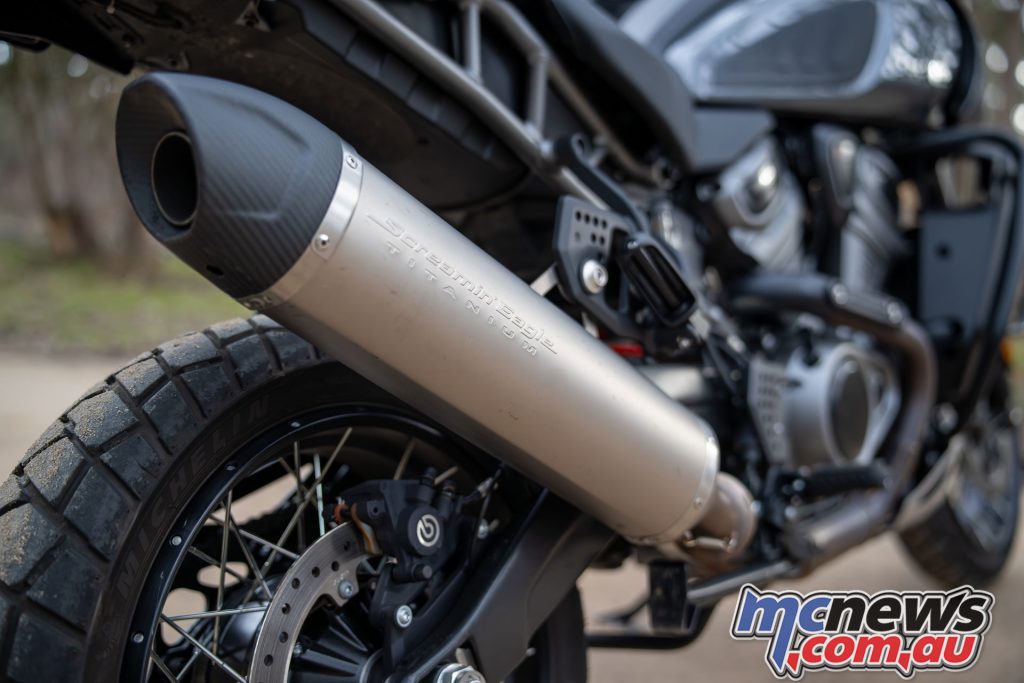
Maybe it was the tune that was given to this bike for that muffler, I’m not sure, but this bike did seem more prone to flame-out and stall than I remember the last one being.
Combined with a clutch that was a little grabbier than necessary when cold, I reckon I stalled this bike half a dozen times during my general riding and at least that many again on the day of the shoot when manoeuvring it around for shots.

Just creeping away from a standstill didn’t feel like its forte. Maybe a little anti stall electro-wizardy could be in order. Either way, this is a bike you have to ride like you mean it.
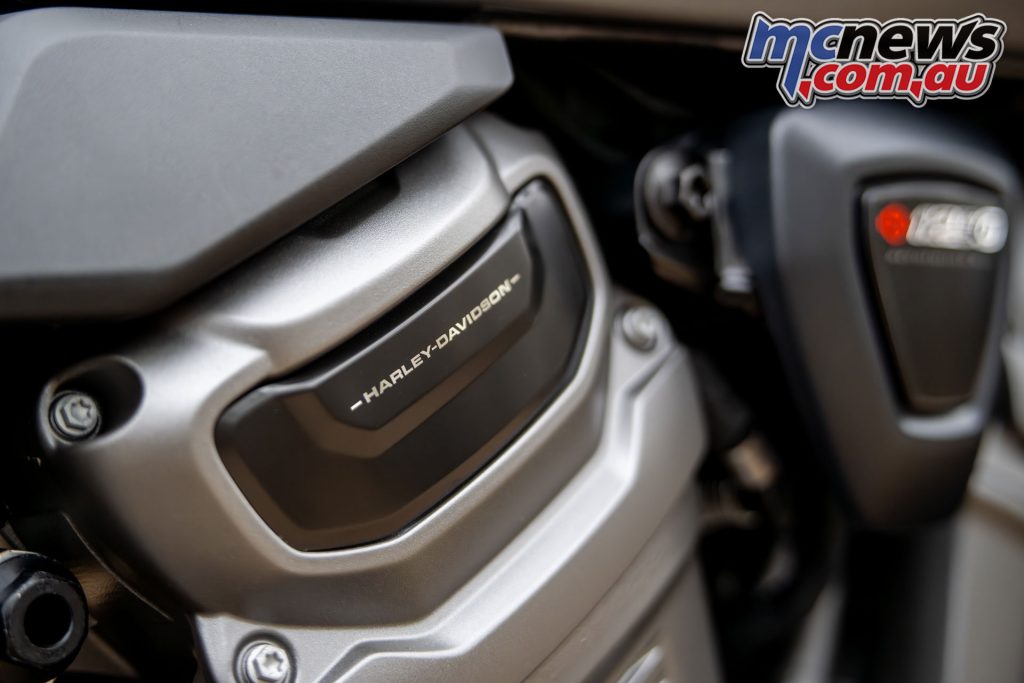
Once on the move that Revolution Max 1250 cc water-cooled engine is quite the nice thing. It makes really good power. Really good. And the just-off-idle flameout thing aside on this piped example, the double overhead cams do a nice job – it’s smooth and a willing revver. There’s 150 ponies and 127 Nm of torque on tap – so it gets along quite nicely.
That said, it’s not the lightest of the full size adventure bikes, at nearly 270 kilos. So that does take some of the edge off. I may have said this about Harleys before, but you can’t beat physics.
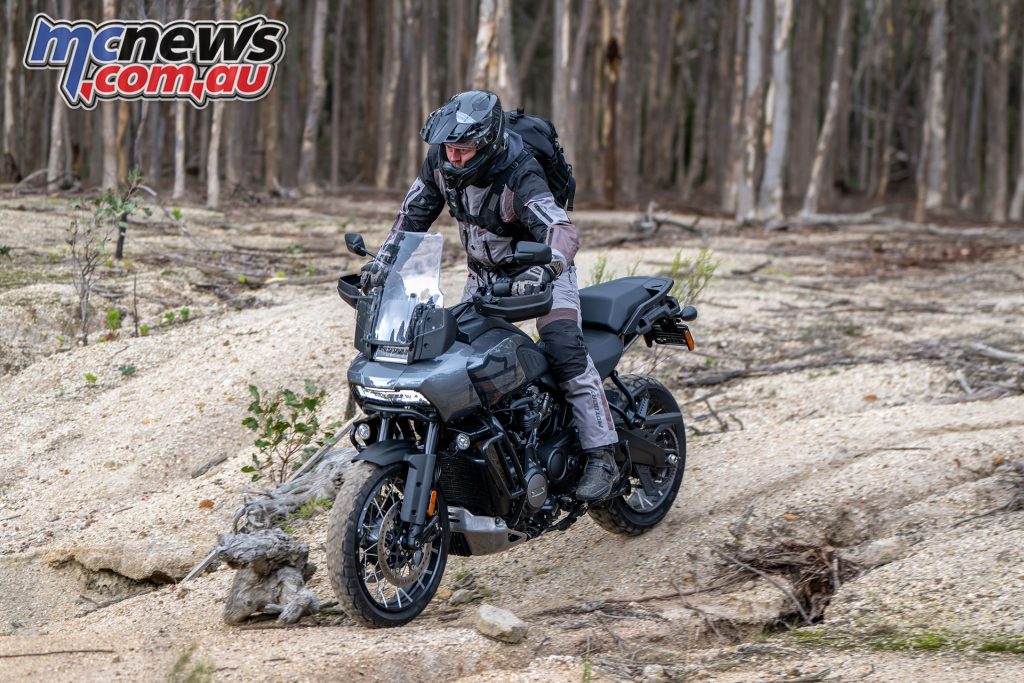
The electronics remain adjustable in the custom modes so you should be able to find the right Engine Map, ABS, TC and Suspension settings that are to your liking. And once again the hidden Off Road Advanced mode is the one you want to be in for any off-road shenanigans.
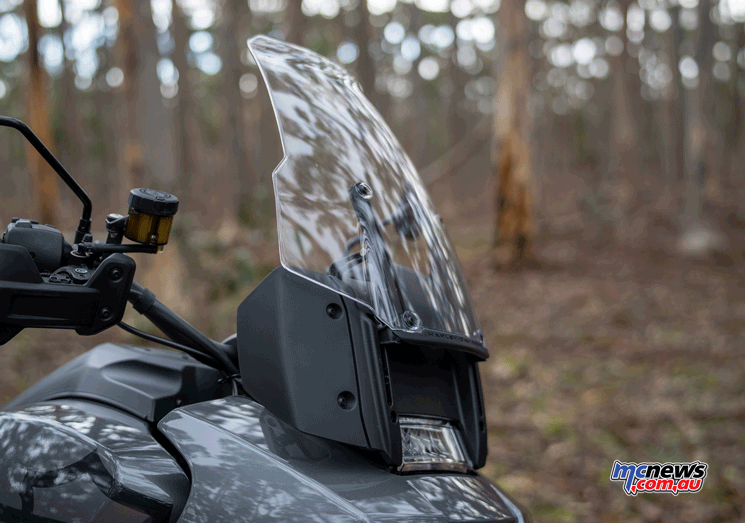
I say hidden because it can only be found by pressing and holding the mode button. TC goes fully off, allowing fun times to be had. Although I still can’t quite figure out why it’s hidden…
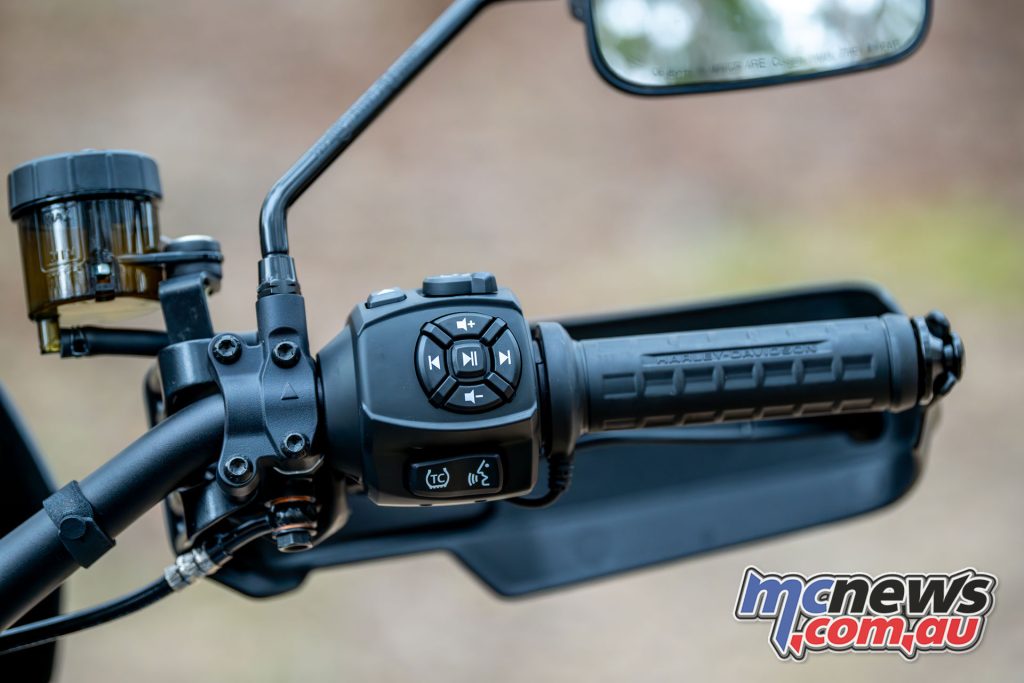
What I also noticed on this particular bike was that the gearbox really liked to play at either end of the spectrum, but wasn’t as happy in the middle. Let me explain. Switch to off-road mode – where pace and power drops – and it was very, very happy to do smooth clutchless shifts (in either direction) allowing you to go with the flow. Quite the nice thing. Really enjoyable.
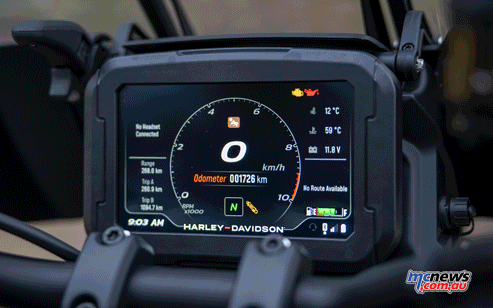
Flick it to Sport and likewise it would handle spirited, fairly aggressive shifting without too much fuss. But I found it a challenge to find the right rhythm in Road mode for my ‘everyday’ pace, without it being a bit notchy and jerky.
The bike in question had more than two thousand kays on the clock too, so I don’t think it was a case of the bike needing to loosen up. Maybe more time would have had me settling in more, but I did spend nearly a thousand kays on it.
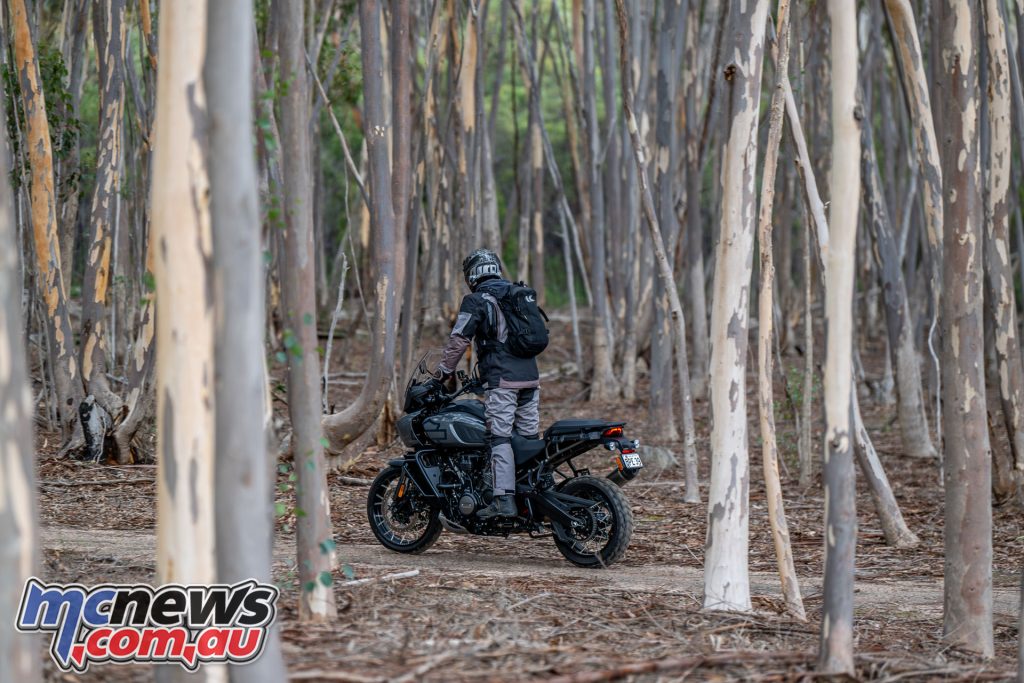
Now, jumping on and off different bikes always takes a little time to gel to the new one, but I have to admit that this time around I struggled to really find my groove on the Pan Am. I found it hard to fully come to terms with the front end and the way it steered in particular.
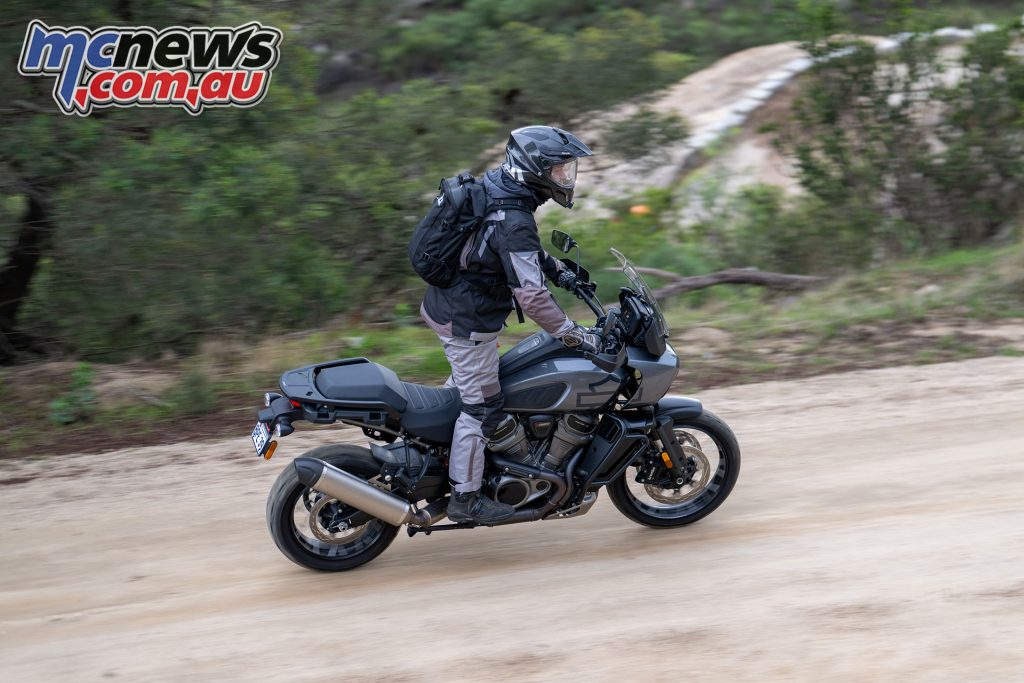
To me it felt unnecessarily heavy and resistant to input and what felt like an overdamped steering damper. It also felt like that well specced electronic front suspension was a little too reluctant to dive at the top of the stroke.
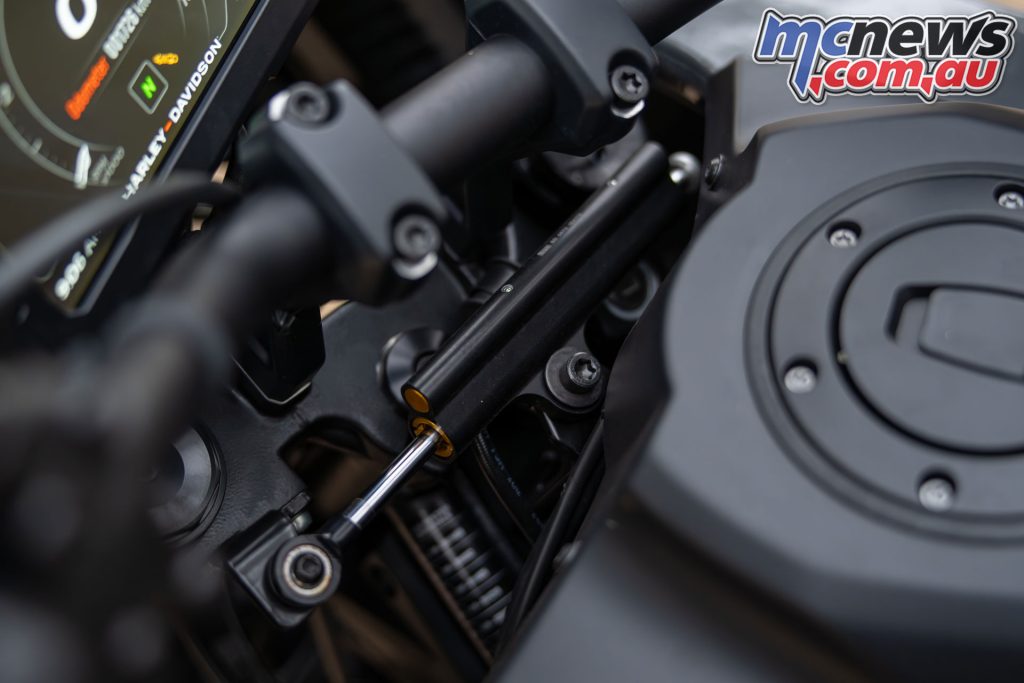
Even at a standstill it would resist diving under pressure and then once finally moving would drop through the stroke 40 or 50 mm. Felt kinda like the fork bushes were grabbing before releasing, but that shouldn’t be the case with a bike still so fresh.
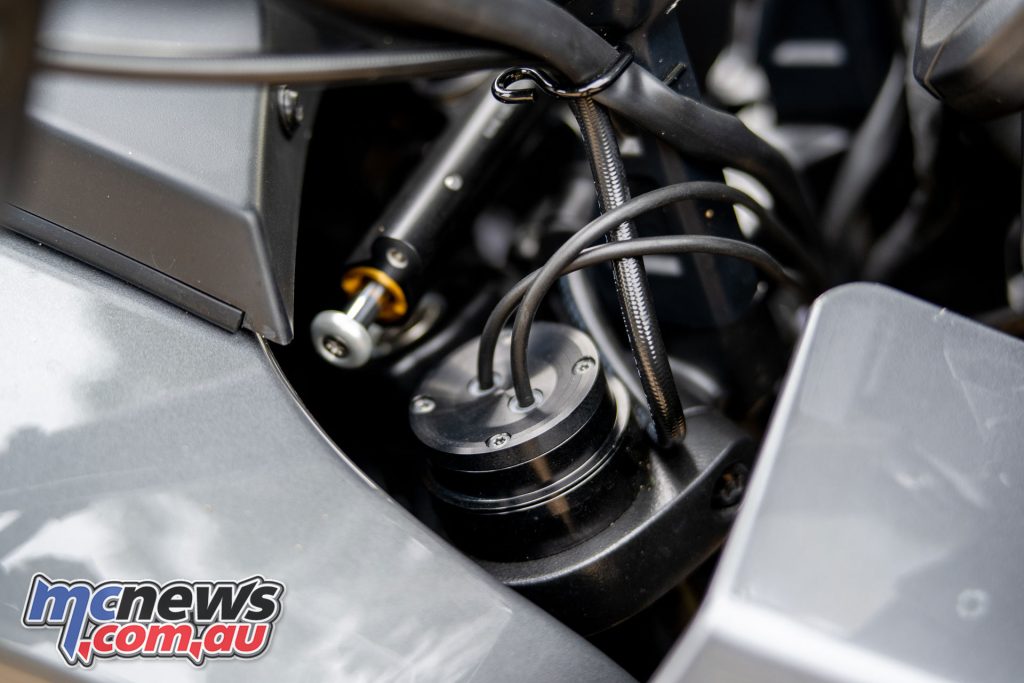
Those two things (the sticky forks and slow steering) only accentuated the bike’s top heavy feeling on the go. Now you might say, “But Wayno it’s an almost 260 plus kg Harley, its going to be heavy.” And you’d be right. But the other heavy hitters in the segment are all quite eager steerers now. And they don’t feel anywhere near as top heavy.
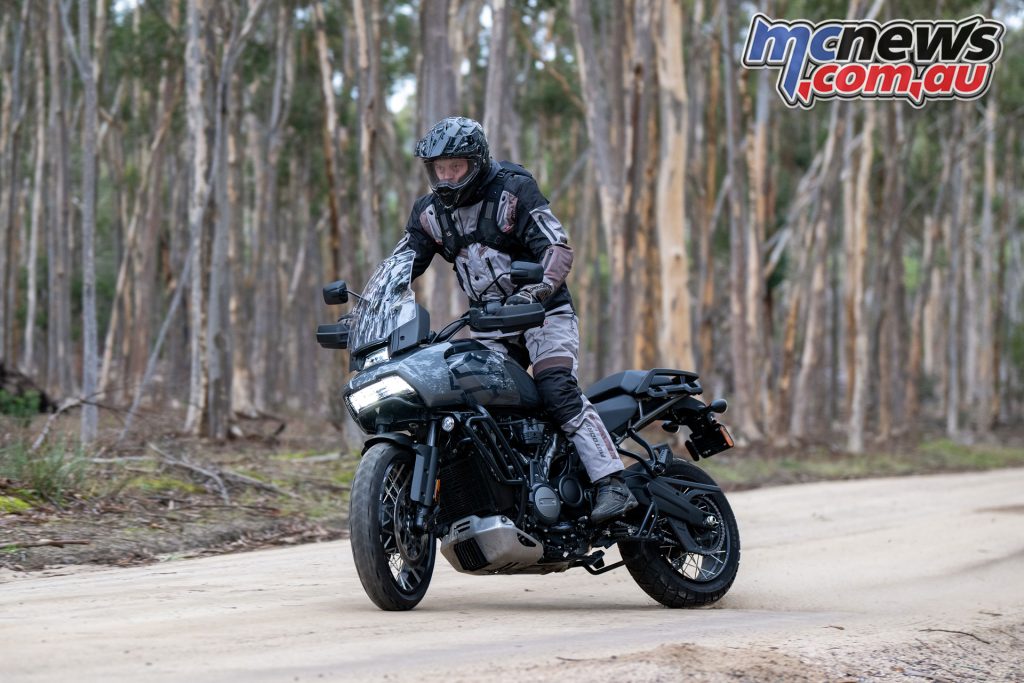
Other bits that still make me scratch my head? The side-stand is frankly awful. Really difficult to find with the heel of your boot if you’re wearing anything remotely sizable. It’s located just in front of the gear lever.
So if you’re wheeling it back out of your shed each morning and go to flick it down, you have to grab that clutch just in case you accidentally bump the lever and throw it into first gear… My teenage kids would say it is totes awks. And I’d probably be ‘mid’ for quoting them as such…
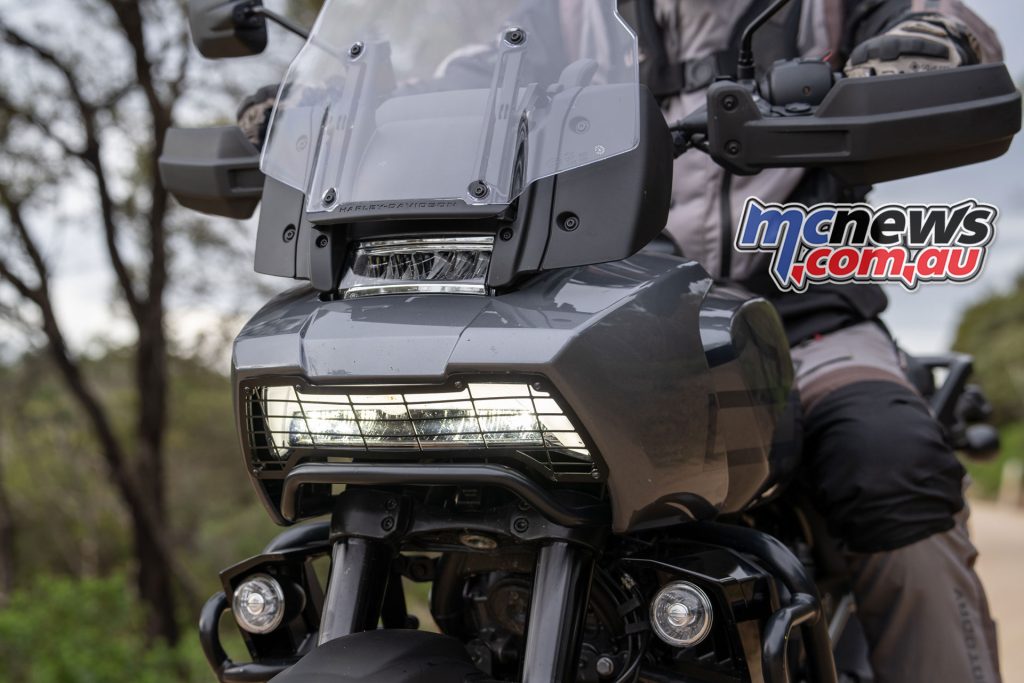
I must have not ridden the last one at night, but this time of year my commute home is lit by the stars. High beam is barely brighter than low beam and the cornering lights look almost brighter than high beam! I was down below 70 km/h in on-off drizzly rain one night for fear of not seeing any kamikaze kangas.
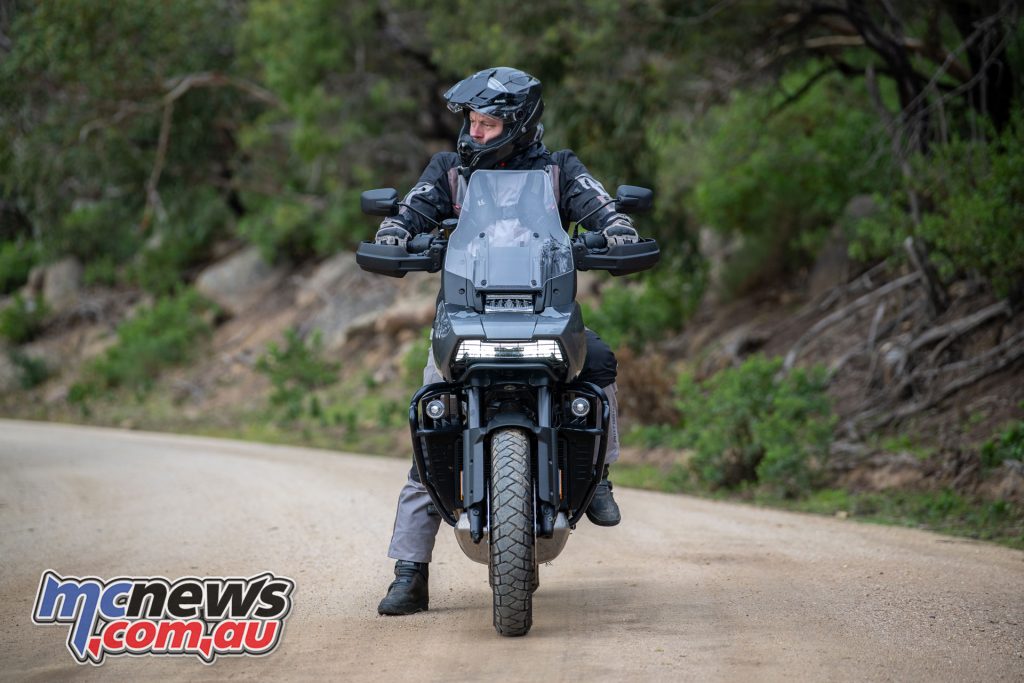
Why they didn’t just go with two big arse round lights covered in wire – something like the setup of the old Buell Ulysses I don’t know. Either way – needs spotties if you’re going to be riding anywhere with roaming wildlife.
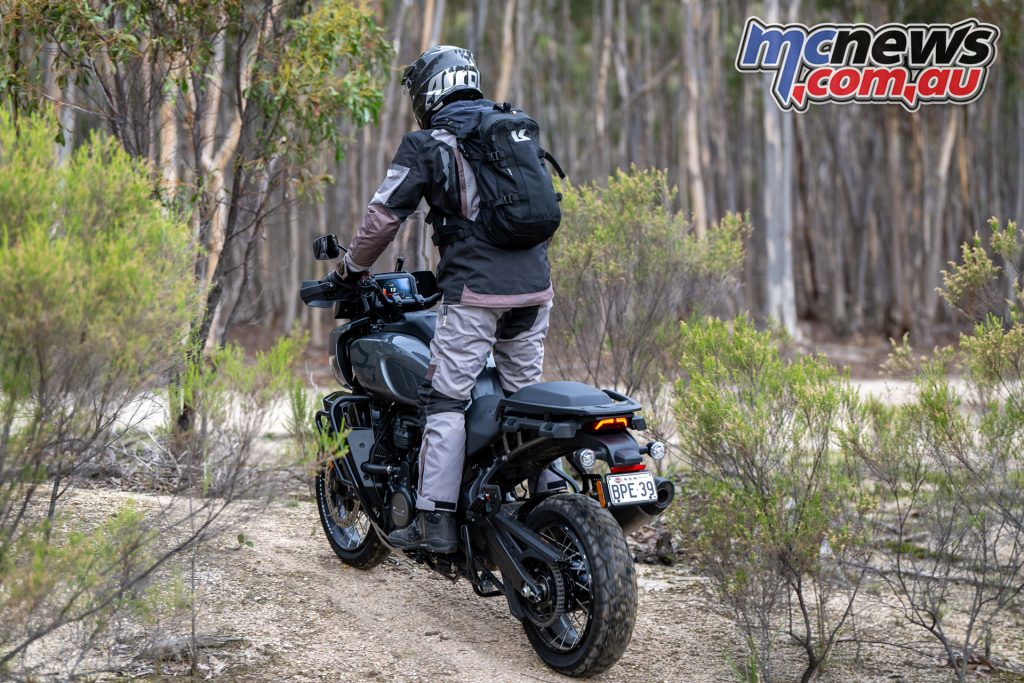
The switch-gear is also a bit complex for my liking. Especially at night. When the lack of any back-lighting has you searching around trying to find the heated grips button, or the cruise control. Or anything really… Shouldn’t all switch-gear be illuminated by now anyway, surely? I know they’re not the only one’s here but it stands out more when you have a thousand buttons.
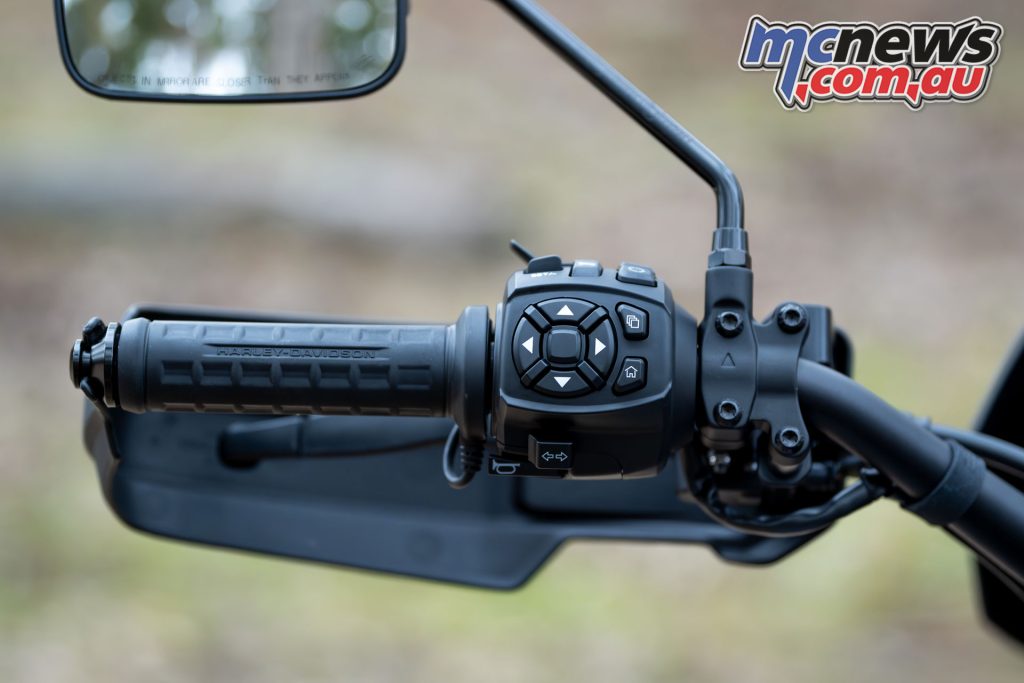
All that aside however, I still like it. And I still think it’s a smart move from Harley. There is a great platform in there, it just has to be refined a little. Some great ideas too. The self lowering electronic suspension when you come to a standstill… Genius. And the ‘10 seconds to lower your seat height’ design? Love it.
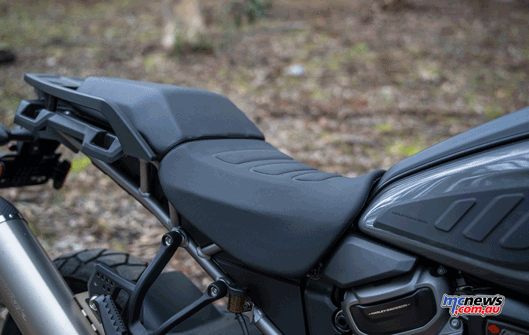
I’m predicting that this platform is primed to be the next generation for custom Harleys just waiting to be built. It’d make an awesome basis for a dirt tracker… 150 ponies… nice long chassis.. They have the pedigree.
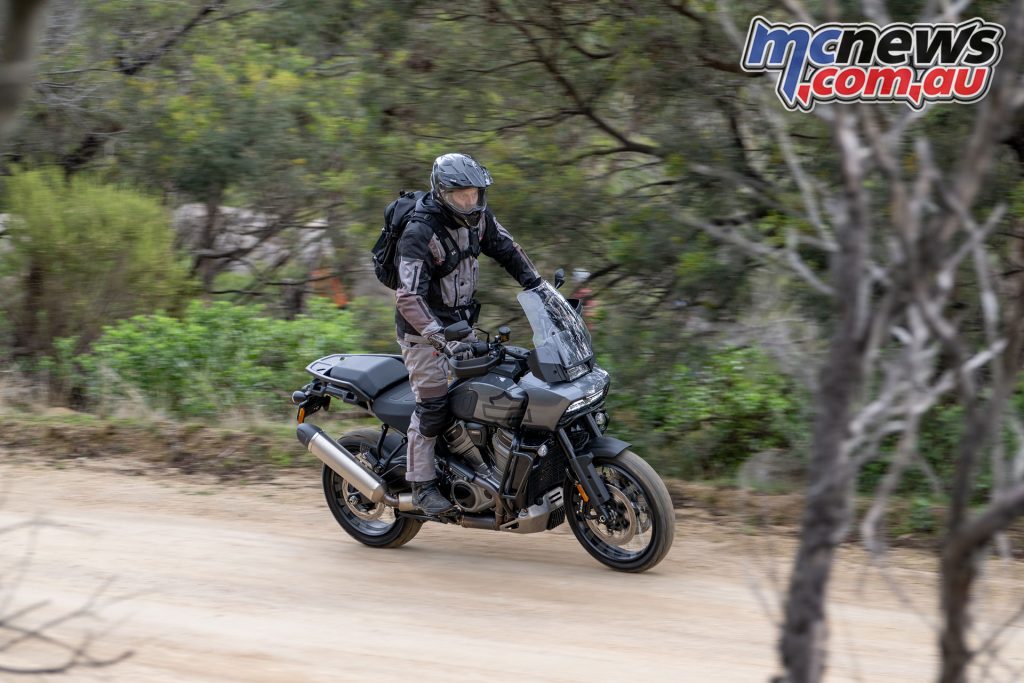
Why don’t Harley have a dirt tracker ala the Indian FTR in their lineup yet? That’d be rad. Or a smaller, lighter adventure bike based on the Nightster platform? You’d have folks lining up at the door wouldn’t you?
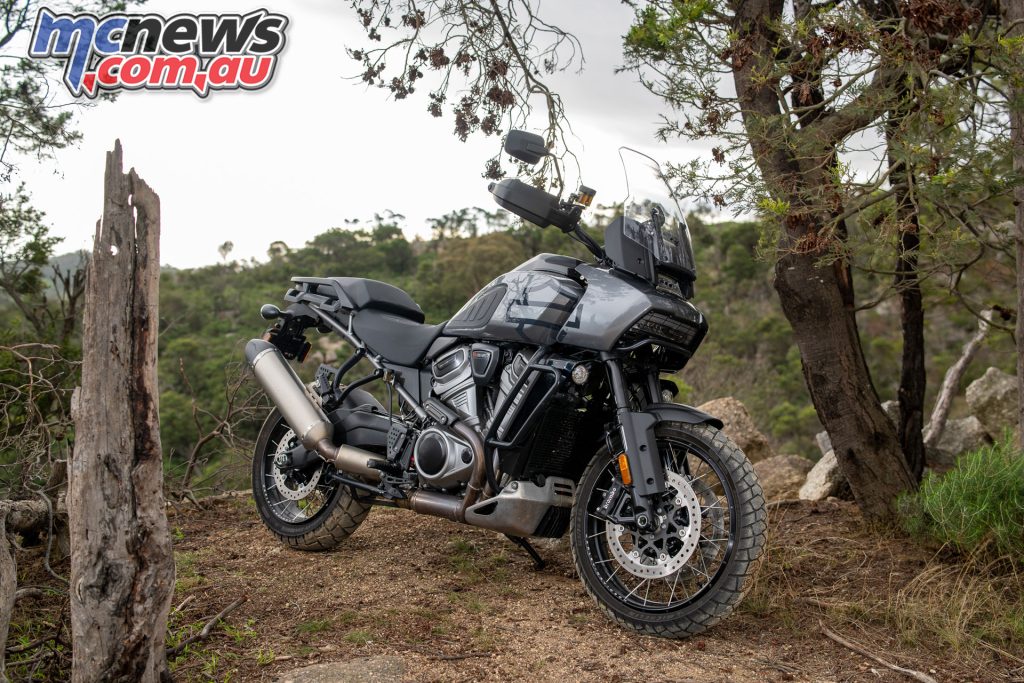
The caveat in these opinions of course is that I’m not your typical Harley rider. But then… they need to start selling to more than just their historical demographic.
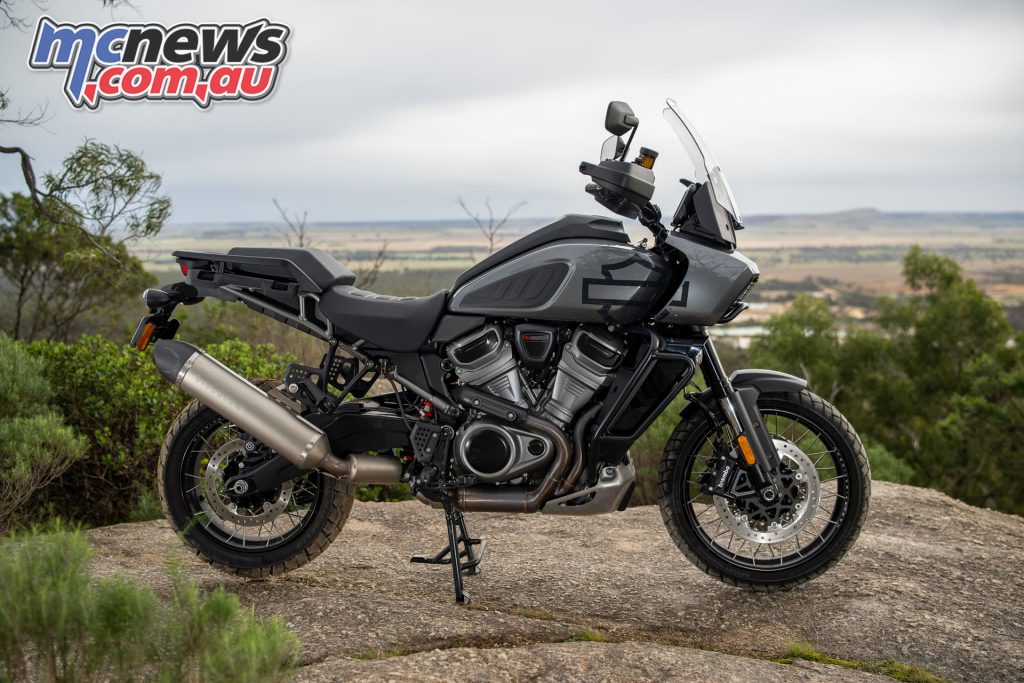
I like the Harley Pan Am because:
- The revolution max engine is really quite the unit. Good power and revs freely
- It’s a bloody comfy thing to rack up some miles on. On any road.
- Some really clever touches such as that auto lowering suspension and quick adjust seat height
I’d like the Harley Pan Am more if:
- Needs lighter, less damped steering to reduce the top-heaviness feel
- Some anti-stall tech wouldn’t go astray
- Better headlights please. And back-lit switchgear.
- Oh yeah. That sidestand… good grief.
Harley-Davidson Pan America Specifications
| Harley-Davidson Pan America Specifications | |
| Engine | Liquid-cooled, DOHC, 60-Degree V-Twin |
| Displacement | 1,252 cc |
| Bore X Stroke | 105 mm x 72 mm |
| Power | 150 horsepower at 8750 RPM |
| Torque | 127 Nm at 6750 rpm |
| Compression Ratio | 13:01 |
| Fuel System | Electronic Sequential Port Fuel Injection (ESPFI) |
| Exhaust | 2-into-1-into-1; catalyst in header |
| Charging | Three-phase, 45 Amp system (300 Watts @13 Volts, 1200 rpm, 585 Watts max power @ 13 Volts, 2250 rpm) |
| Electric Power Outlet | USB C-Type , Output 5V at 2.4 Amp |
| Drivetrain | Chain Driven |
| Front Fork | 47 mm USD Fork with compression, rebound and preload adjustability. Special model only: Electronically adjustable semi-active damping control. |
| Rear Shock | Linkage-mounted piggyback monoshock with compression, rebound and preload adjustability. Special model only: Automatic electronic preload control and semi-active compression & rebound damping on Special model. |
| Suspension Travel | 190 mm front and rear |
| Rake | 25 degrees |
| Trail | 4.3″ |
| Wheelbase | 1580 mm |
| Ground Clearance | 210 mm |
| L x W x H | 2265 mm x 965 mm x 1510 mm |
| Seat Height | 850 mm (830 in low position or 870 in high position) |
| Front Tyre | 120/70R19 60V Michelin Scorcher Adventure, Radial |
| Rear Tyre | 170/60R17 72V Michelin Scorcher Adventure, Radial |
| Wheels | 19 x 3 in. (F) 17 x 4.5 in. (R) – Cast alloy, spoked rims optional |
| Front Brake | 320 mm twin discs. Radially mounted, monoblock, 4-piston caliper, with cornering ABS |
| Rear Brake | 280 mm disc. Floating single piston caliper, with cornering ABS |
| Display | 6.8 inch viewable area TFT display with speedometer, gear, odometer, fuel level, clock, trip, ambient temp, low temp alert, side stand down alert, TIP over alert, cruise, range and tachometer indication, BT capable – phone pairing to access phone calls, music, navigation (H-D App ONLY) |
| Oil Capacity | 4.5 l |
| Coolant Capacity | 2.2 l |
| Service Interval | 8000 km |
| Fuel Capacity | 21 litres |
| Fuel Economy | 4.9 l/100 km |
| Weight (Fully Fueled) | 254 kg |
| Gross Vehicle Weight Rating | 455 kg |
| Warranty | 24 months (unlimited mileage) |
| Ride Away Price | $31,995 Ride Away – $33,480 with spoked rims and adaptive ride height |
Harley-Davidson Pan America Gallery















































































